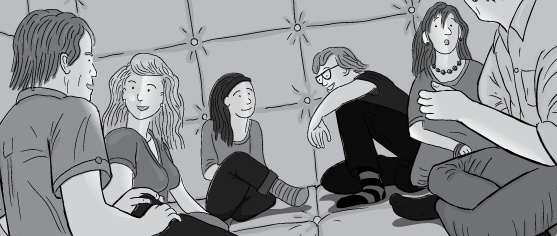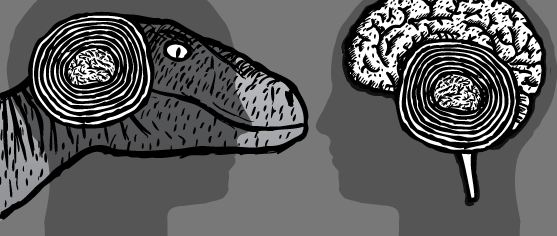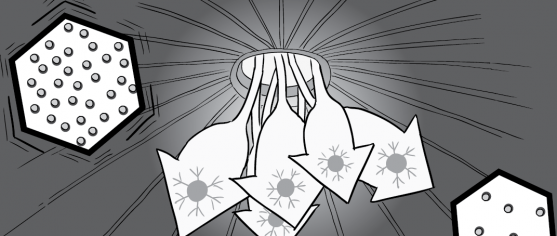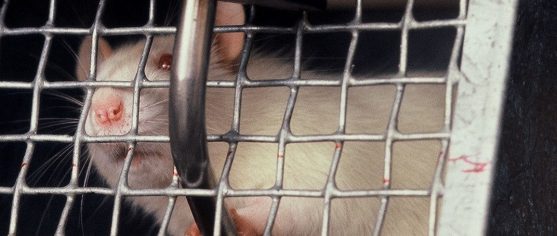

Science is about more than microscopes and beakers. It is about the logic that we use to understand the world around us.
I use my comics to explain the logic—and the experimental methods—behind classic science experiments. Rather than simply telling the answer, I describe the process that the researchers used to arrive at their conclusions.
By showing the scaffolding of logic that sits beneath our knowledge, I encourage my readers to become more curious. They see the nuances of the how and why that sit beneath our knowledge. Rather than just parroting surface-level ‘facts’.
Because of this, I have been contacted by science teachers, who say that they have used my comics in their lessons to help their students understand scientific experimental design. In particular, they like the way I step readers through the war the Rat Park and Deviance in the Dark experiments were actually run.
Listed on this page are my comics that are most squarely about science, and scientific thinking.
 Rat Park
Rat Park
A classic experiment into drug addiction science. Would rats choose to take drugs if given a stimulating environment and social company?
 Deviance in the Dark
Deviance in the Dark
A classic behavioural psychology experiment. In the 1970s, researchers took eight strangers and shut them inside a dark room for an hour. What happened next?
 Supernormal Stimuli
Supernormal Stimuli
A reptile brain sits deep within us. How much of our behaviour comes from primal instinct?
 Buckminster Fuller’s Chilling Domes
Buckminster Fuller’s Chilling Domes
Exactly 75 summers ago, Buckminster Fuller accidentally discovered a self-air conditioning house. How did he do it?
 The Town Without Television, Part 1: Notel
The Town Without Television, Part 1: Notel
A classic study into the impact of television on a community. In 1973, researchers studied the last remaining Canadian town without TV reception, and ran ‘before’ and ‘after’ experiments.
 The Town Without Television, Part 2: Unitel
The Town Without Television, Part 2: Unitel
How are children and adults impacted by watching television? This comic outlines the effects of television on individuals, as found by the Notel experiment from Canada in the 1970s.
 Buckminster Fuller’s Chilling Domes: the physics
Buckminster Fuller’s Chilling Domes: the physics
I discuss the physics behind my comic about Buckminster Fuller's Chilling Domes. Is the phenomenon real? I outline the evidence for and against.
 A bustle in the cage-row: the making of Rat Park
A bustle in the cage-row: the making of Rat Park
This is a lengthy blog post about the behind-the-scene 'making of' Rat Park. Includes historical photographs of the actual Rat Park experiment from the 1970s, and interesting tidbits which I couldn't quite fit into my comic.
 Thin Air reflections: the ‘making of’
Thin Air reflections: the ‘making of’
This is a reflective essay about my comic Thin Air, about the counter-intuitive fact that trees build themselves from carbon, hydrogen, oxygen and nitrogen. They are built from exactly the same stuff that breezes past their trunks! This essay describes my research process, including my view that van Helmont was actually a bad scientist.
